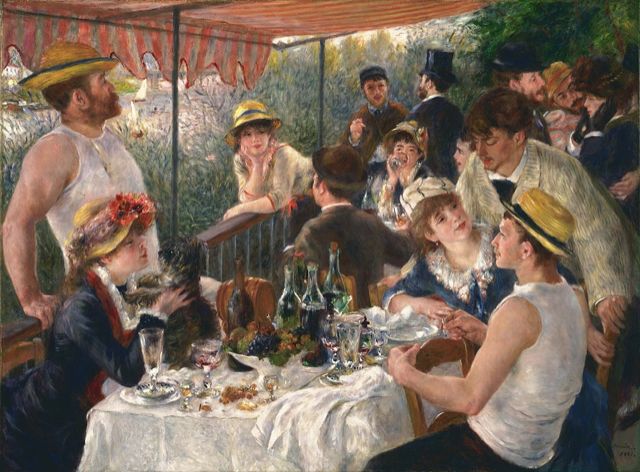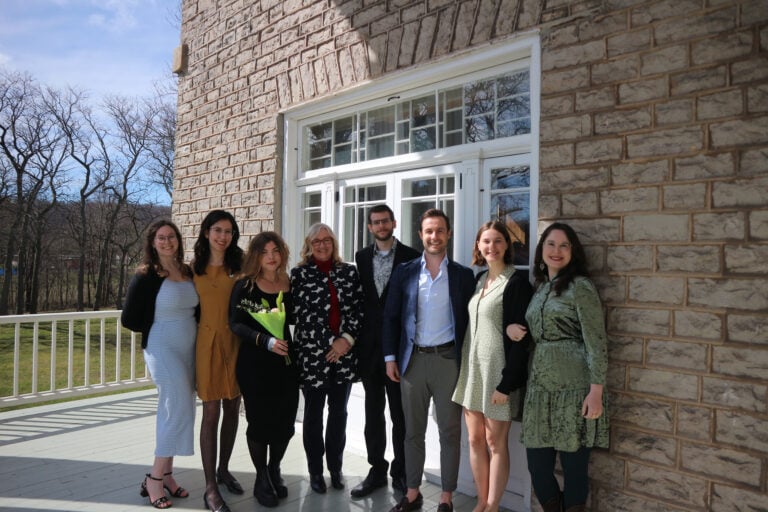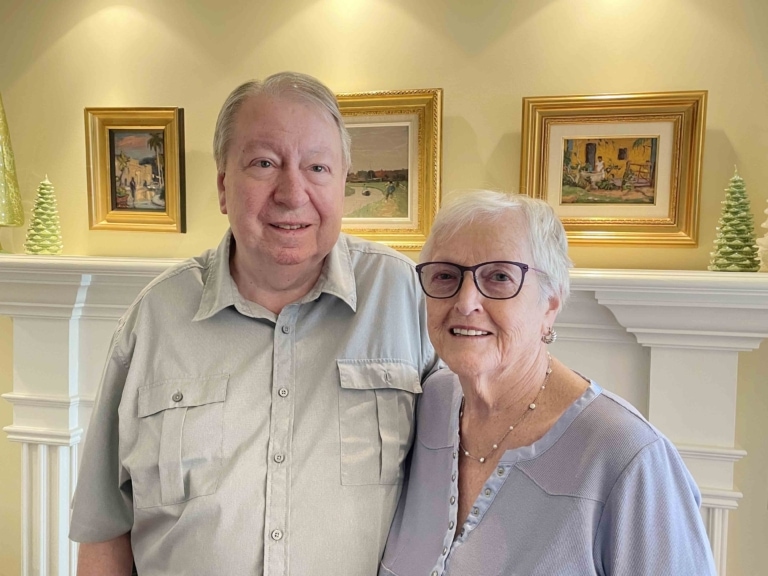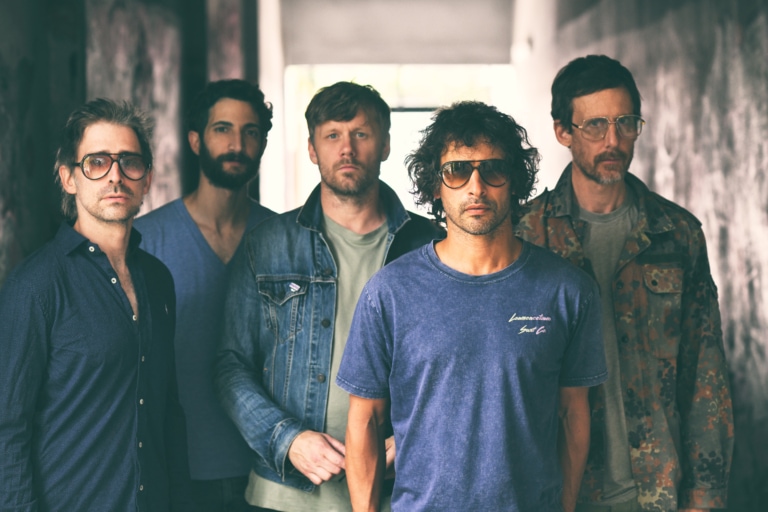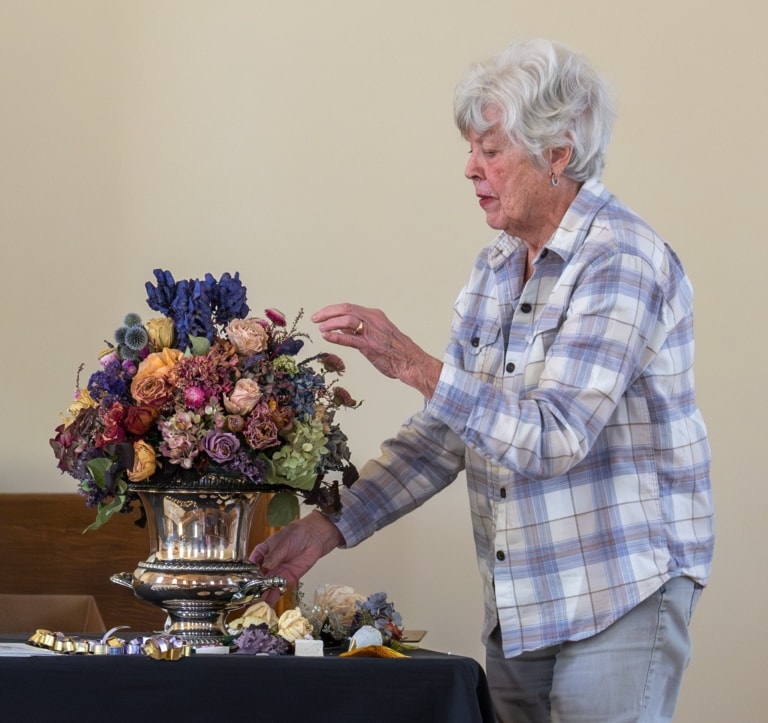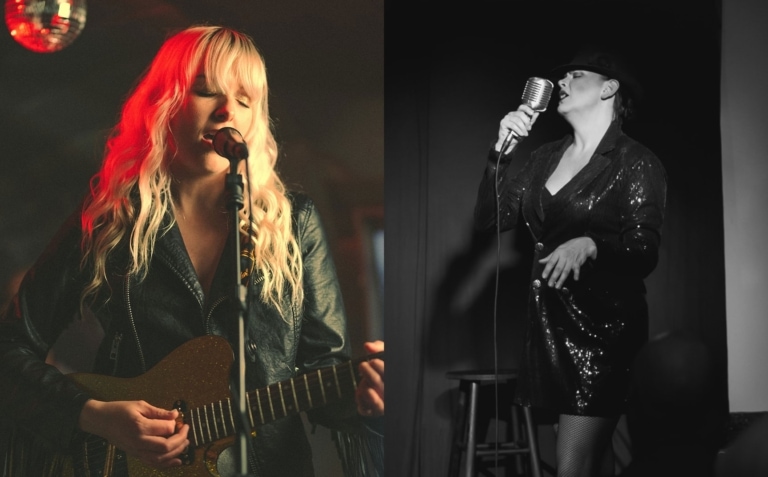EYE FOR ART #44 – Pierre-Auguste Renoir, “Luncheon of the Boating Party,” 1881, oil on canvas, the Phillips Collection, Washington, D.C.
Has there ever been a better time for convivial patio dining than this summer in Niagara-on-the-Lake?
Al fresco dining with close friends, where sparkling conversation takes precedence over food and wine, has been one of the joys of summer. There is no better work of art to bring this observation home than Renoir’s “Luncheon of the Boating Party.”
First exhibited at the 7th Impressionist exhibition in Paris in 1882 to rave reviews, it became a must-have acquisition of the American industrialist and collector Duncan Phillips.
It took him years to acquire it, in 1923 from Renoir’s dealer, but he did, saying, “Such a painting creates a sensation wherever it goes.” It is now the best-known and visited painting in the Phillips Collection.
Why is it so pleasing? First, it is a combination of figures, still life and landscape. A group of friends is lingering after a delectable lunch on the awning-covered deck of a popular boating restaurant by the Seine, “Maison Fournaise” in Chatou.
Secondly, Renoir’s affection for the place and for his friends is apparent in what is a social study, a late 19th-century equivalent of Tatler or Vogue, a veritable who’s who of celebrity, status and accomplishment that eliminates class barriers.
Who are Renoir’s friends? They are artists, actresses, writers, art patrons, collectors, bureaucrats and seamstresses engaged with one another in a composition that uses diagonals to pull us right into the scene.
The diagonal railing divides the picture in two. To the right are animated figures. To the left is a landscape of depth and changing light, through bushes to sailboats on the river and opposite shore.
Two contemplative figures anchor the railing. They are the owner’s muscular son, Jules-Alphonse Fournaise Jr., wearing a straw boater hat and white boating singlet as he looks after boat rentals, and his pretty sister, Louise-Alphonsine Fournaise, a singer and life of the party.
She smiles while conversing with a man in a brown bowler hat, his back to us, Baron Raoul Barbier, bon vivant calvaryman and former mayor of colonial Saigon in French-occupied Indo-Chine. Foreground right is the Impressionist artist, art patron and avid boatman, Gustave Cailleboitte, also wearing boating gear, who casually sits backward on his chair.
Foreground left, Aline Charigot, seamstress, model and future wife of Renoir, lovingly lifts her Affenpinscher lapdog, a symbol of fidelity, for a kiss. Great care has been taken to show rich details of her blue dress with its red collar, white ruffles and her flower bedecked hat.
The man in the upperclass top hat is Charles Ephrussi, wealthy art collector and editor of the Gazette des Beaux-Arts. He chats with his new secretary, Jules Laforgue, a renowned poet and critic wearing a humble fisherman’s cap.
In the upper right, the famous Comédie Française actress, Jeanne Savary, covers her ears as she is teased by Lestringuez and embraced by the writer Paul Lhote.
In the centre, the avant-garde actress and favourite model of Degas, Ellen Andrée, drinks from a glass, her challenging eyes gazing directly at the viewer.
Next to Cailleboitte, the Italian satire journalist Adrien Maggiolo hovers intensely over the beautiful actress Angèle Legault, his hand almost touching hers.
The main course is finished. The dropping afternoon sun highlights the rumpled white tablecloth. Fruit and wine remain.
No one wishes to leave. Pleasure remains in savouring the poignancy of a fading warm day with loving friends, superbly captured in a fleeting, flickering moment by Renoir.
Penny-Lynn Cookson is an art historian, lecturer and writer living in Niagara-on-the-Lake.



